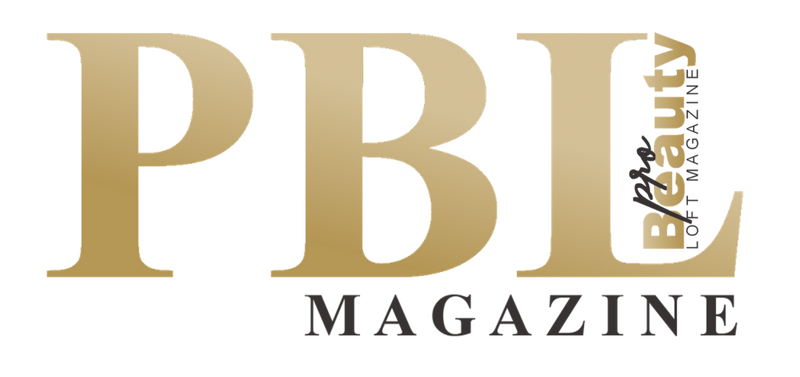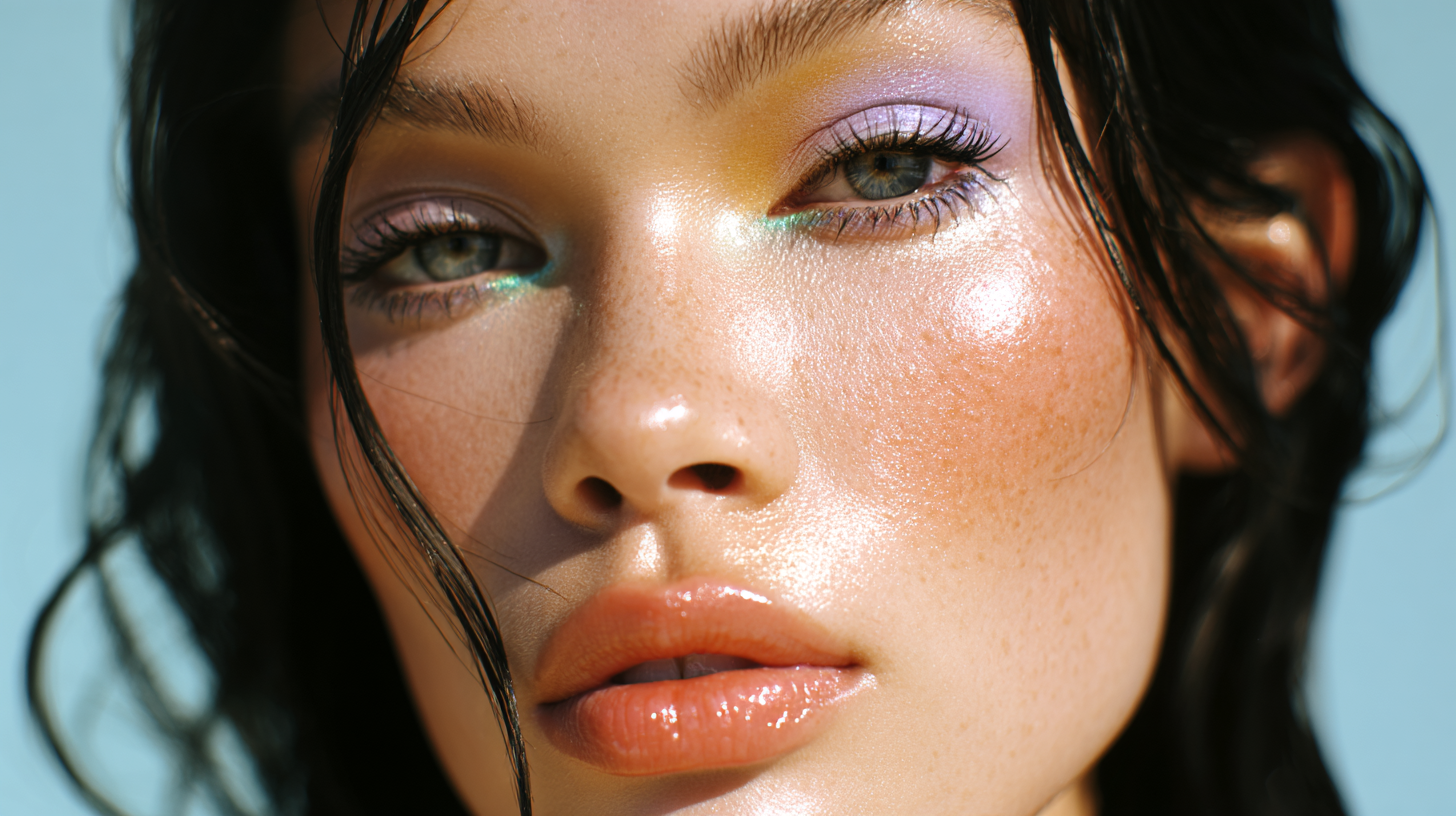Camouflaging Techniques Using Permanent Makeup
Camouflaging techniques using permanent makeup are most often used to minimise the visibility of post-surgical scars (such as from mastectomies, C-sections, or facelifts), stretch marks from pregnancy or weight fluctuations, trauma-related scarring, and skin discolouration from conditions like vitiligo or self-harm. These procedures are especially popular among clients seeking a long-term solution to regain confidence in their appearance, particularly when conventional makeup or skincare proves insufficient. According to industry data, the global permanent makeup market is projected to grow from $162.9 million in 2025 to $277.8 million by 2032, reflecting rising consumer demand for restorative and corrective treatments within aesthetic services. This growth underscores a broader shift in the beauty industry toward treatments that offer both cosmetic enhancement and emotional empowerment.
Scar camouflage, a specialized branch of PMU, involves the meticulous implantation of pigments into the skin to conceal imperfections such as scars, stretch marks, and skin discolorations. This technique, often referred to as Corrective Pigment Camouflage (CPC), aims to blend these areas seamlessly with the surrounding skin, rendering them less noticeable. By utilizing a palette of flesh-toned pigments, practitioners can effectively disguise various skin irregularities, offering clients a renewed sense of self-assurance. “Scars and stretch marks are a part of life, and are often caused by rapid weight gain or loss, pregnancy or hormonal changes. Some client's may have also undergone essential or elective surgery that may have left them with scarring or uneven skin tone that they would like to correct. Whilst some people choose to embrace their scars and stretch marks, for others they can cause feelings of insecurity. Our treatments are a way for clients to take back their power and improve their confidence, should they want to!” comments Tracie Giles of founder of the acclaimed Tracie Giles London Clinic.
Tracie explains her approach with two bespoke methods tailored to individual client needs:
The Inked Method: This technique employs advanced technology to analyze the client's skin tone, facilitating the creation of a custom pigment blend. The bespoke pigment is then meticulously tattooed into the scarred or stretched areas, harmonizing them with the surrounding skin for a natural appearance. This method is particularly effective for scars and stretch marks that are over 12 months old.
The Inkless Method: Ideal for newer scars or red-toned stretch marks, this approach utilizes microneedling combined with a bio-stimulating serum to stimulate collagen production and promote skin regeneration. Over time, this process lightens and softens the affected areas, improving skin texture without the addition of pigment.
Before and after with scar camouflaging permanent makeup by Tracy Giles.
Recent advancements in PMU have led to the development of techniques that prioritize natural and subtle enhancements. For instance, the Brazilian scar camouflage technique has gained attention for its ability to adjust the pigmentation of scars, either lightening dark scars or darkening lighter ones, to match the natural skin tone. Additionally, the integration of artistic tattooing methods has provided alternative solutions for individuals seeking to cover scars with decorative designs.
Whether it’s the aftermath of surgery, the marks left by motherhood, or the everyday wear of a life well-lived, permanent makeup is a quiet revolution in self-expression and these camouflaging techniques are giving people the chance to rewrite their skin stories on their own terms. And in an industry that’s increasingly about empowerment over perfection, that feels like real progress.











